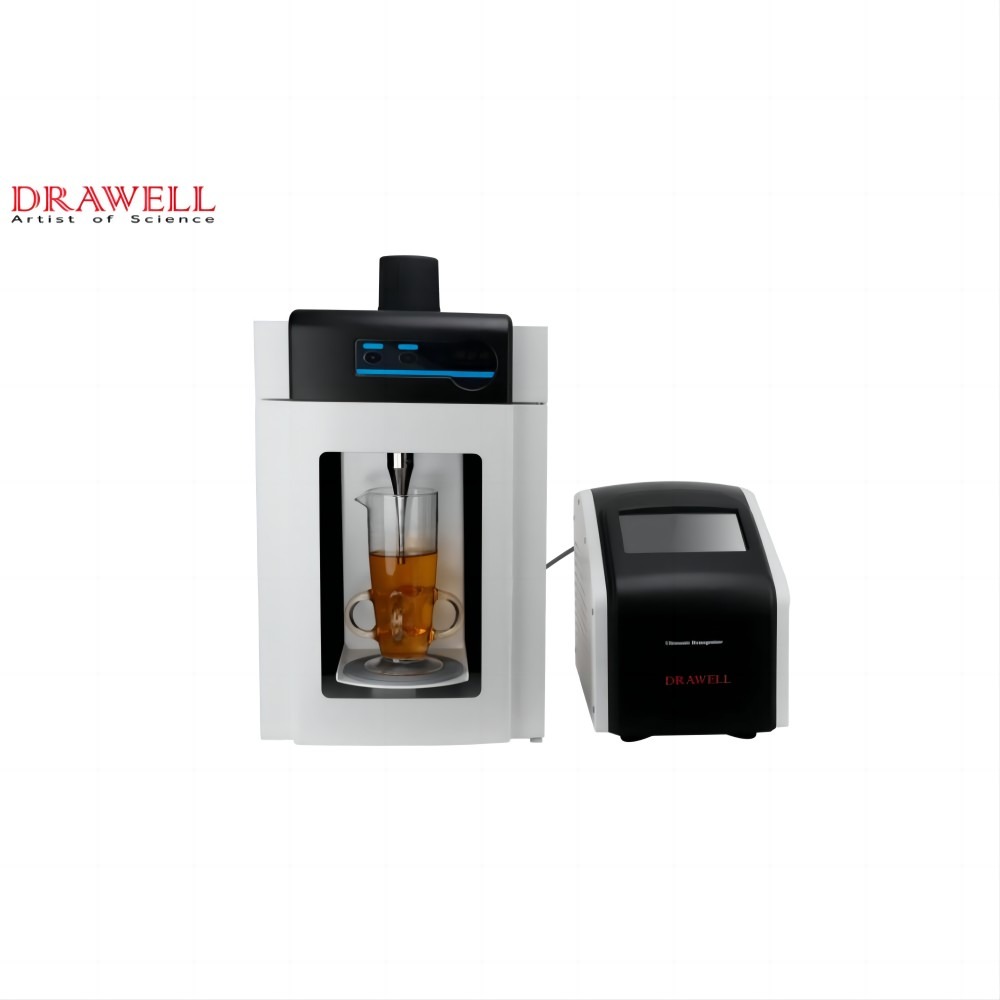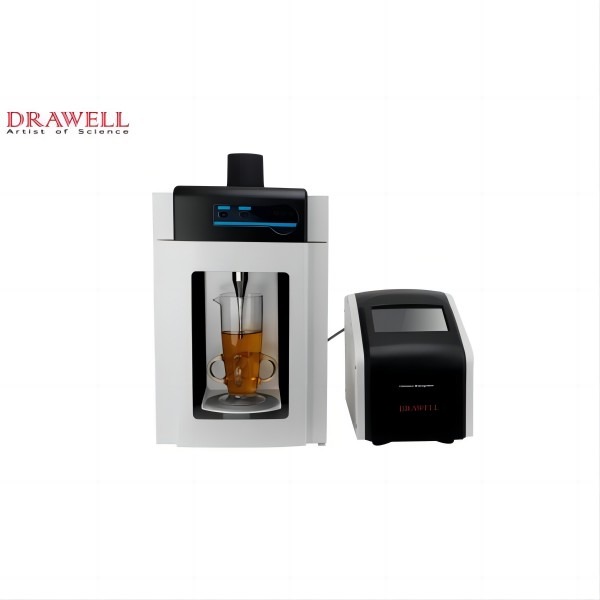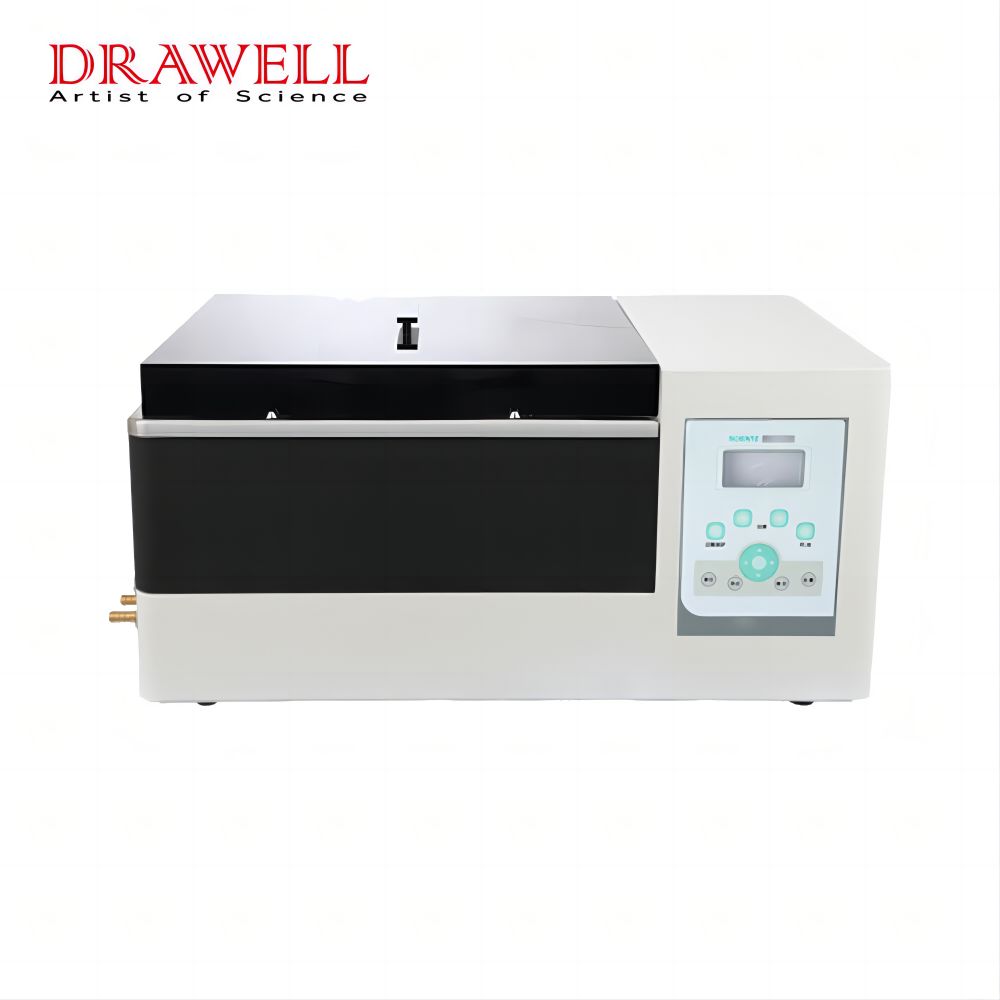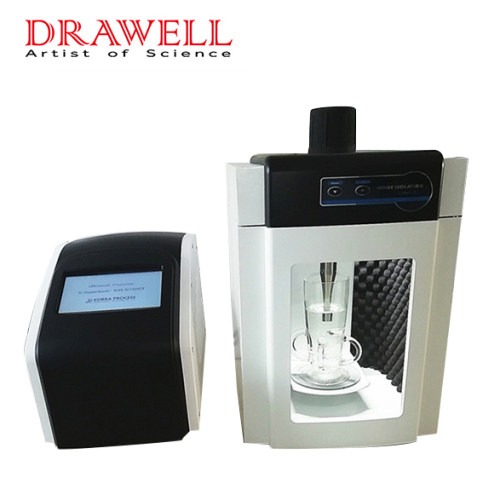Ultrasonic homogenizers, also known as sonicators, play a pivotal role in modern laboratories by enabling precise homogenization of samples. This equipment uses ultrasonic waves to break down and disperse particles at the microscopic level, achieving a high degree of uniformity and consistency in laboratory samples. In fields ranging from biology to chemistry and material science, ultrasonic homogenizers allow researchers to prepare, process, and analyze complex samples efficiently. This article explores how ultrasonic homogenizers work, their applications, key advantages, and essential factors to consider when selecting one for lab use.
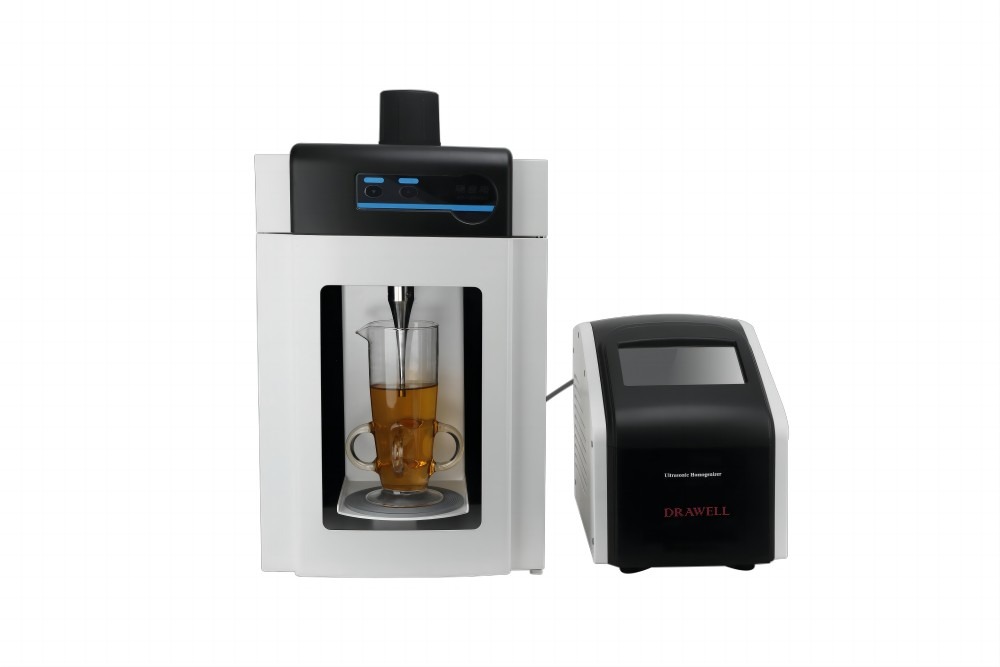
How Ultrasonic Homogenizers Work?
Ultrasonic homogenizers operate on the principle of cavitation.
When high-frequency sound waves are transmitted through a liquid medium, they create alternating high-pressure and low-pressure cycles. During the low-pressure phase, tiny bubbles form within the liquid. As these bubbles grow, they eventually collapse violently during the high-pressure phase, releasing a significant amount of energy.
This process, known as cavitation, generates intense localized heat and pressure, which can disrupt cells, disperse particles, and emulsify substances.

Applications and Advantages of Ultrasonic Homogenizers in Laboratories
Ultrasonic homogenizers are versatile devices with applications across numerous scientific fields. Whether in life sciences, chemistry, food technology, or pharmaceuticals, they offer unmatched precision and control for a variety of laboratory processes.
Key Applications:
- Biology and Life Sciences: In microbiology and molecular biology, ultrasonic homogenizers are used for cell lysis, facilitating the extraction of DNA, RNA, and proteins. The homogenization process helps break down cell walls without compromising the integrity of the genetic material.
- Chemistry and Materials Science: Ultrasonic homogenizers are crucial in nanoparticle synthesis and the dispersion of compounds. They create stable emulsions and dispersions, which are essential in studying new materials and producing uniform chemical mixtures.
- Food and Pharmaceuticals: Ultrasonic homogenizers contribute to formulation and quality control by enabling even dispersion of active ingredients. They are used to create emulsions, like creams or suspensions, with consistent textures and properties, which is vital for product efficacy and stability.

Here is a conclusion sheet of the applications:
| Laboratory Field | Specific Uses |
| Biology and Biotechnology | Cell lysis, DNA and RNA extraction, protein extraction |
| Chemistry | Emulsification, dispersion, accelerating chemical reactions |
| Materials Science | Nanomaterial synthesis, polymer processing |
| Food Science | Emulsifying food products, extracting flavors and nutrients |
These diverse applications highlight the flexibility and capability of ultrasonic homogenizers in various lab settings.
Advantages of Using Ultrasonic Lab Homogenizers
Ultrasonic homogenizers provide a range of advantages that make them highly suitable for laboratory applications. Here are some key advantages:
- Efficiency and Precision: Ultrasonic homogenizers quickly achieve the desired particle size and uniformity, reducing the time required for sample preparation. This efficiency is especially beneficial for high-throughput laboratories.
- Adaptability to Sample Volumes: With adjustable power settings, ultrasonic homogenizers can process small samples or scale up to larger volumes, providing flexibility in research and production contexts.
- Controlled Temperature and Reduced Contamination: Many ultrasonic homogenizers come with built-in cooling features, which help to maintain sample integrity. Additionally, their sealed designs minimize the risk of contamination during processing.
The efficiency, adaptability, and temperature control offered by ultrasonic homogenizers make them ideal for laboratories that require reliable and reproducible results. Their capability to handle diverse sample types and volumes contributes to their popularity in scientific and industrial settings.
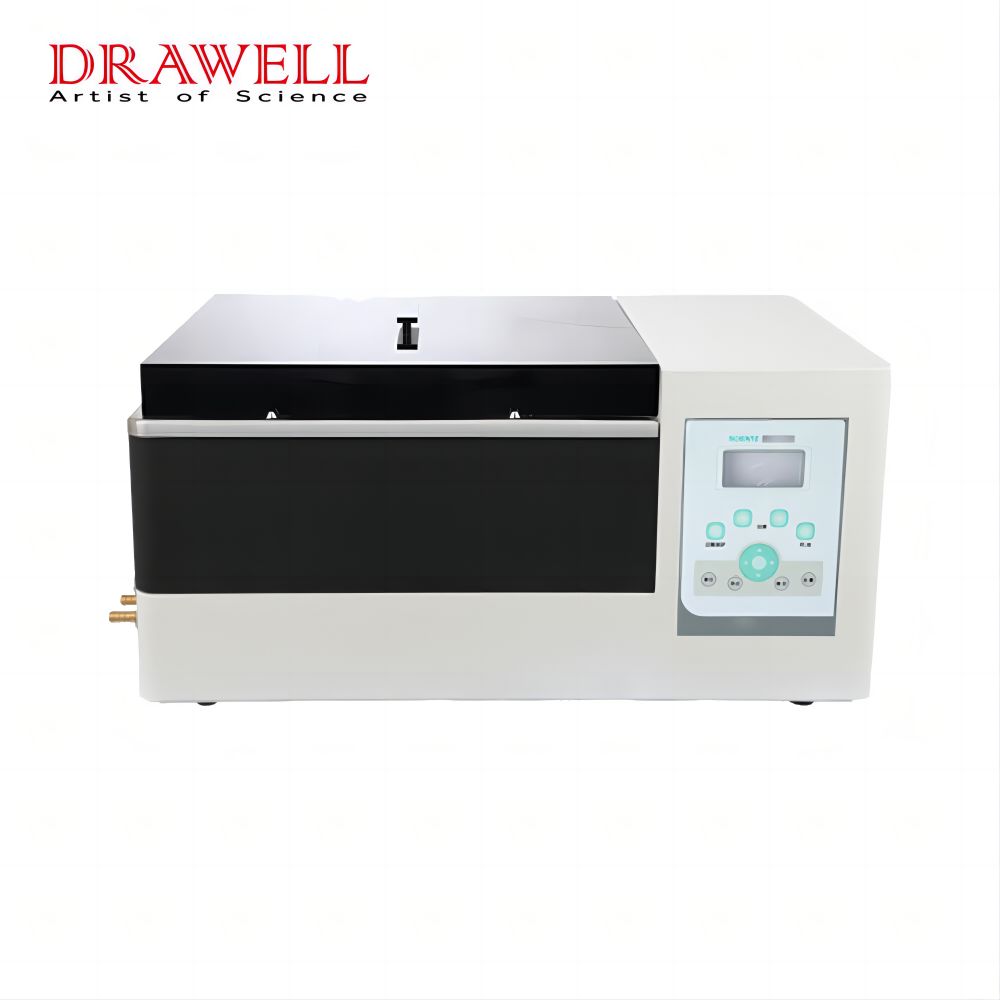
Considerations When Choosing an Ultrasonic Lab Homogenizer
Selecting the right ultrasonic homogenizer requires an understanding of your laboratory’s needs, sample types, and desired outcomes. From power settings to probe sizes, various factors can impact performance and suitability. By considering these aspects, labs can ensure they invest in a homogenizer that meets both current and future requirements.
Key Considerations:
- Sample Type and Volume: Determine the types of samples you will work with, as different materials may require varying power levels. Additionally, ensure that the homogenizer can handle the volume range needed for your applications.
- Frequency and Power Settings: Frequency and power settings influence the intensity and efficiency of homogenization. High-power settings may be necessary for tough materials, while lower power is suitable for more delicate samples.
- Probe Size and Material: The probe size affects the cavitation intensity, and the probe material should be compatible with your sample to prevent corrosion or degradation over time.
- Additional Features: Look for features like cooling systems, digital controls, and programmability, which can make the device easier to use and enhance its longevity in the lab. Drawell can provide you different types of Ultrasonic homogenizers, please feel free to contact us for your specific needs.
Ultrasonic homogenizers are transformative tools in laboratory environments, offering precision, efficiency, and versatility across various applications. Selecting the right homogenizer based on sample needs, power settings, and additional features ensures labs can maximize their effectiveness and streamline their workflows. As a cornerstone of modern lab technology, ultrasonic homogenizers will continue to drive advancements across numerous scientific fields.

